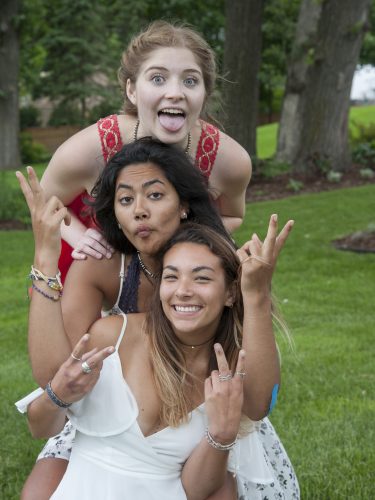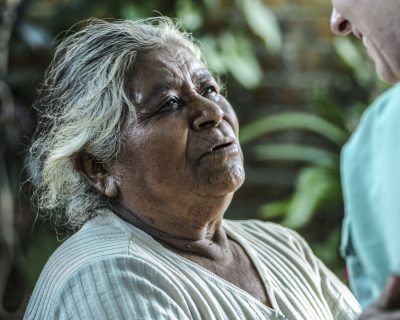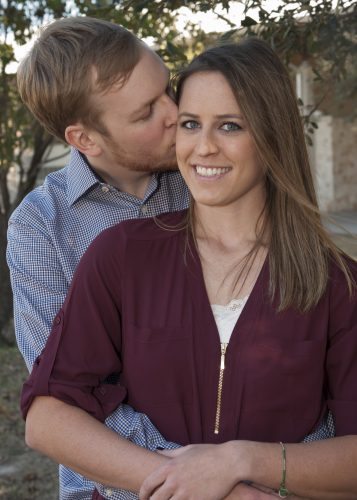Adding Blur to Background
This blog will help you in Adding Blur to Background. This is a great way to bring your subject to the foreground.
Technique #1: Using a Wide Aperture Lens
The aperture is the opening in the lens which allows light into the camera, measured in f-stops. A wide aperture lens will make background blur much easier to achieve.
A wide aperture creates a shallower depth of field.
A larger opening (small f-stop, like f/2.0) will give a shallower depth of field than a narrow opening (large f-stop, like f/16). Keep in mind that the aperture also controls the amount of light entering the camera sensor, so this should be taken into consideration when adjusting each setting for proper exposure.
Portrait photographers often prefer lenses with a widest aperture of f/1.2 to f/2.8 because these allow them to create portraits with a heavily blurred background.
Photographers shooting landscapes, architecture, vehicles, or other scenes may prefer shooting at a narrower aperture like f/8 or f/16 so that all parts of the image are in focus. Adding Blur to Background
Technique #2: Using a Long Focal Length
A photo taken using a longer focal length will “compress” the subject, creating a shallow depth of field and blurred background. A photo taken using a shorter focal length will cause all or most of the elements in the photo to be in focus.
Lenses with short focal lengths like 24mm or 35mm are ideal for large group photos where people are posed in different positions where everyone needs to be in focus, as well as to fit the entire group in the frame. This will help adding blur to background.
Technique #3: Increasing Subject-to-Background Distance
Technique #4: Decreasing Camera-to-Subject Distance For Bokeh
Distance is not a camera or lens setting, but is a method of composition which is another determining factor in how blurred the background will be in a photo.
Increasing the subject-to-background distance will cause the background to be increasingly blurred the further the subject is from the background. To achieve this look, photograph the subject with a far distance from the background.
Decreasing the camera-to-subject distance will cause the background to be increasingly blurred the closer the subject comes to the camera. If you want to see more details of other elements in the photo, photograph the subject closer to the background.
If a photographer wants the best settings for a group photo where they need to use a small aperture and short focal length to ensure everyone is in focus, but still wants to make the background appear blurred, finding an area where the background objects are a further distance from the group of subjects is the solution.
Here are more examples: https://charlottebell.com/model-actor-musician-photography/




